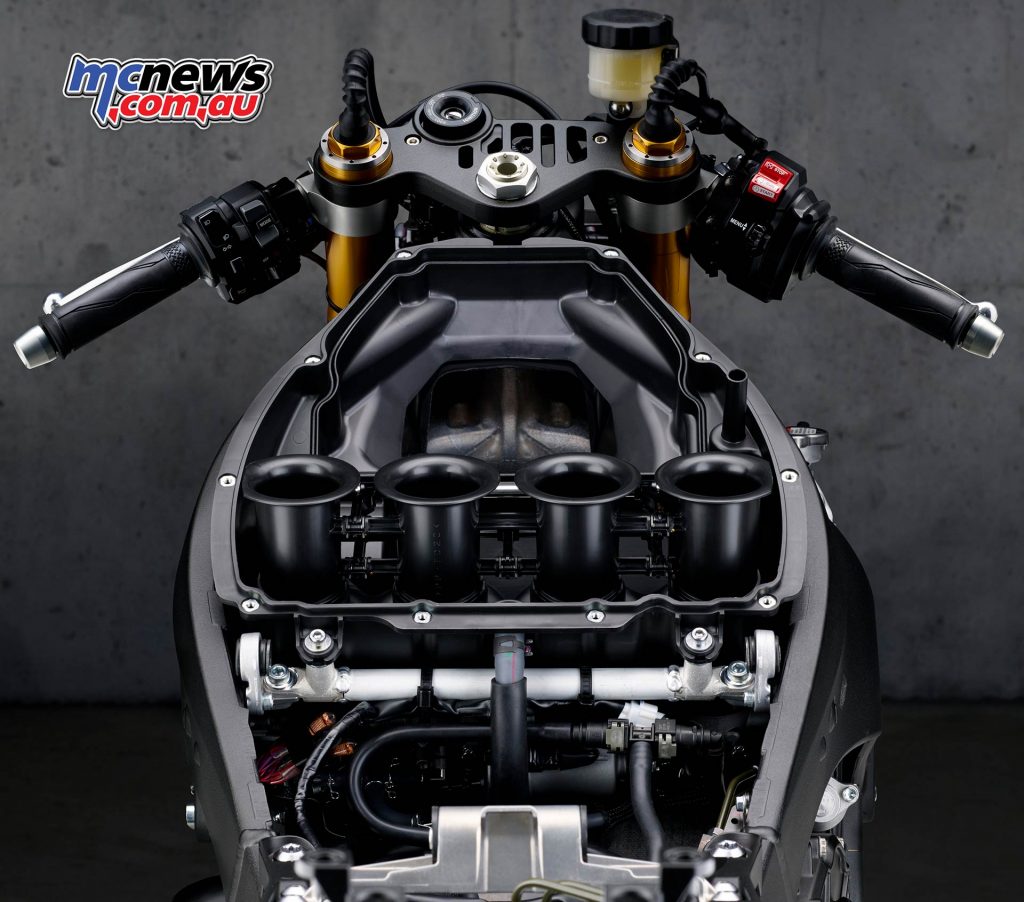YRT Yamaha YZF-R1
Yamaha’s evocative YZF-R1 has been an iconic and flag-ship model for the brand as it represents the company not only on the road in the sports-bike market, but also on the race tracks around the world in major championship events.
It is a bike designed for performance, designed to be at the cutting edge of technology and yet, it is something you can use to commute to work daily on if you so desire. It is as fast as it is versatile and continues to be one of the most recognisable models in the Yamaha line-up.
In Australia, the bike has been a major player in the Australian Superbike Championship. In the hands of the experienced and knowledgeable YRT crew, led by Kevin Marshall, he transforms the bike from road bike to race weapon at his Brisbane based work shop and then lets Cru Halliday loose on it as the team contests the ASBK championship around the country.
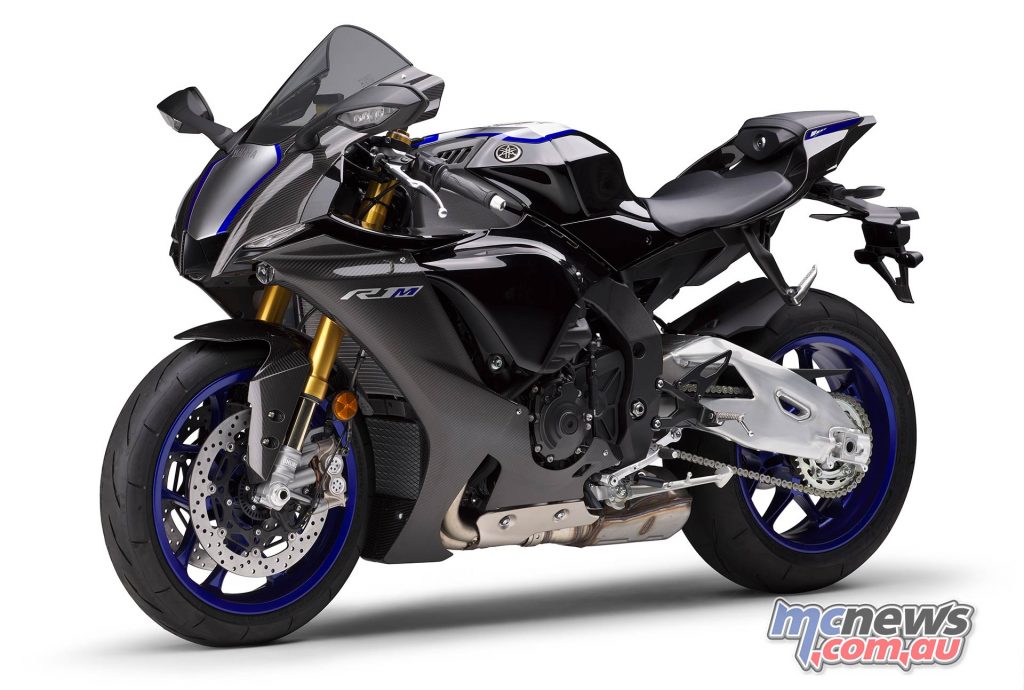
Getting Comfortable
Yamaha offer two versions of the R1, the base model and then the up spec’d, R1M that offers a higher performance suspension and ECU package. YRT start with the R1M just like any Yamaha dealer could have on their floor, and then gets to work on making the changes required to make it competitive at ASBK Superbike level.
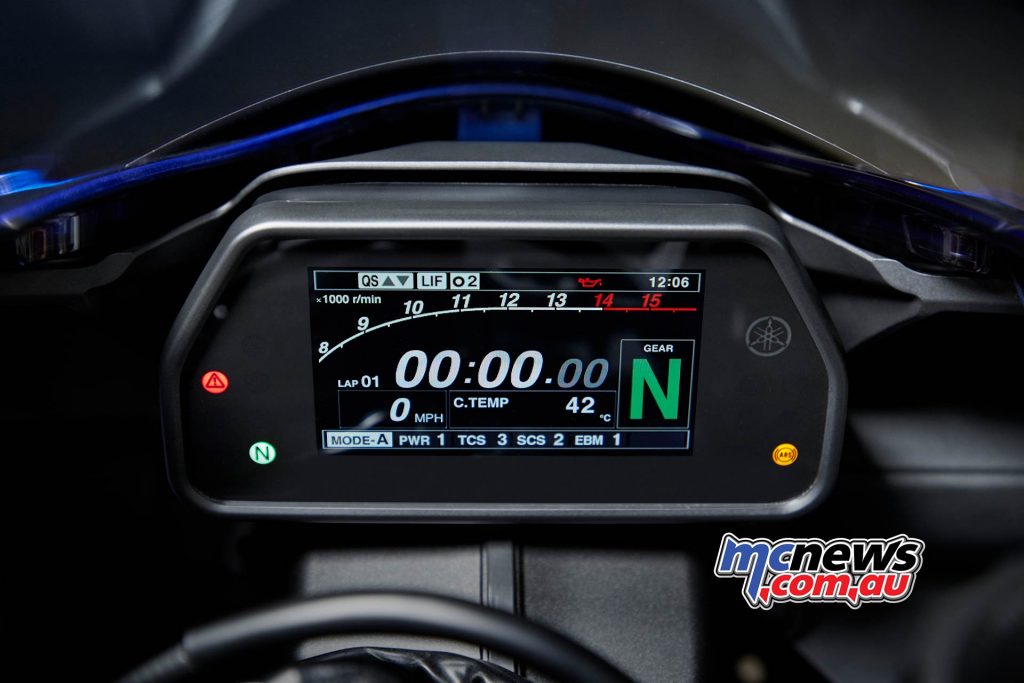
Not needing to be used on the road, the majority of ADR gear is stripped from the bike, leaving them with just the bare essentials to build a race bike. The weight savings here are around 20 kg and certainly noticeable on the race track.
Aerodynamically the bike needs to be equipped to handle the high speed and G Forces created by a professional rider so race fairings are fitted, race foot-pegs are mounted to position the rider better and increase ground clearance, an adjustable race seat is added so the rider can further tailor the bike to his liking.
Cru retains the standard handlebars and grips. Over the years, the team and riders have often tested or tried different bars and grips but nearly always return to the OEM units.
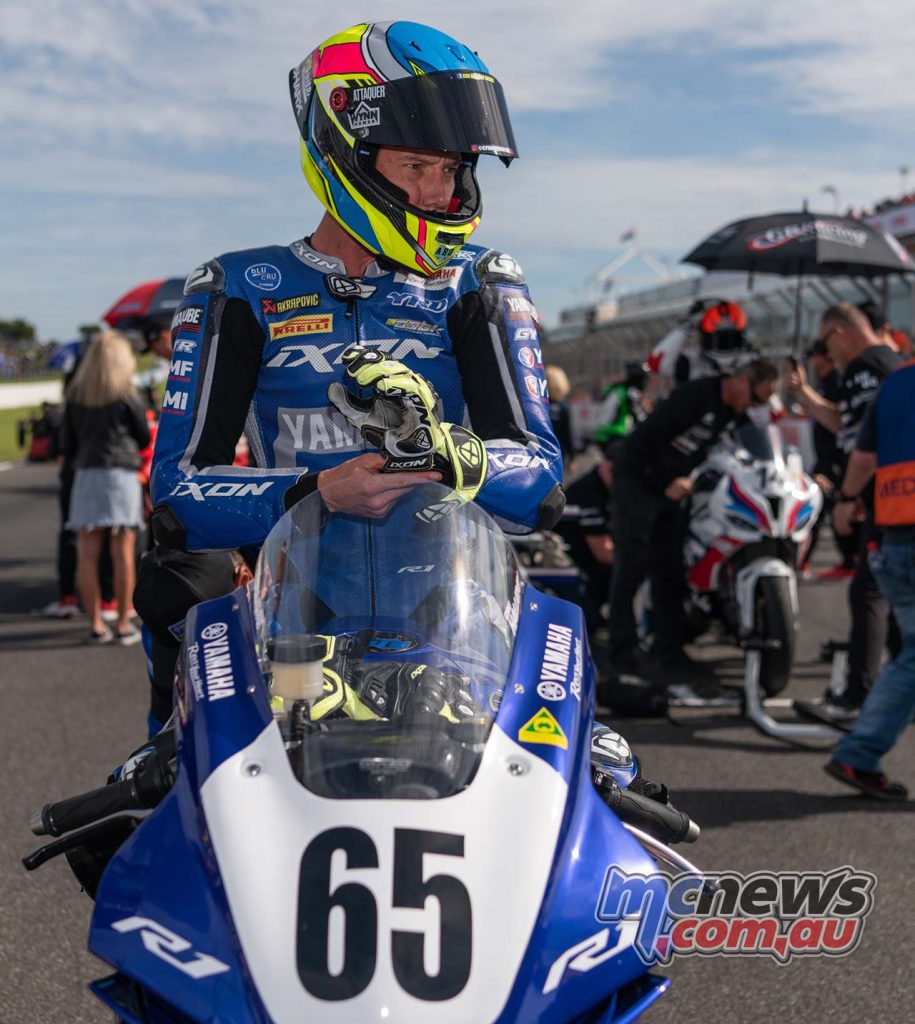
The Need for Speed
No one needs a faster bike than an R1, do they? The answer for you and I is no, but on the racetracks of Australia, the team can massage the power several ways to give Halliday exactly what he is looking for. But these can’t be wholesale changes, as the ASBK rulebook dictates only certain components of the motor can be changed, in the aim of keeping costs down and a more even playing field.
For the most part, the head, pistons, cams and throttle-bodies must remain standard. The compression can be changed via a gasket, but not via adding or removing metal. The cam timing can be altered, but the cams themselves must be OEM. So, riders and teams can’t cut loose with the porting tool, can’t go crazy with high comp pistons or lumpy cams. Just refine the OEM package and hit the track.
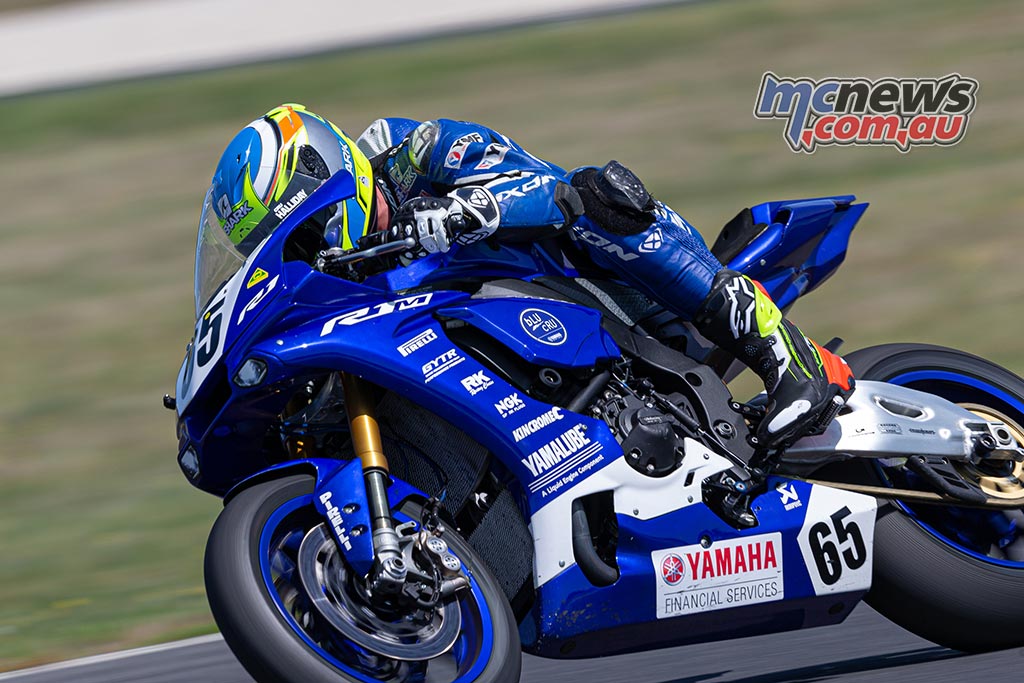
So the YRT crew focus on what Cru wants and use the following to fine tune the power to his needs. A GYTR ECU is used that allows Kev to tune the bike better and gives a broad range of adjustability in the motor. The cam timing can be altered and depending on the rider or the circuit, it may well be to reduce power to make the bike more rideable or less aggressive than OEM.
And the final key to power delivery is the gearing. Faster tracks like Phillip Island where top speeds are in excess of 300 km/h down the front straight, a taller gear ratio like 16 / 43 might be used as opposed to a tighter circuit like a Wakefield Park where a larger rear sprocket might help deliver some bottom-end grunt when pulling out of turns. The team run an Akrapovic exhaust which offers good gains across a wide range of rpm.
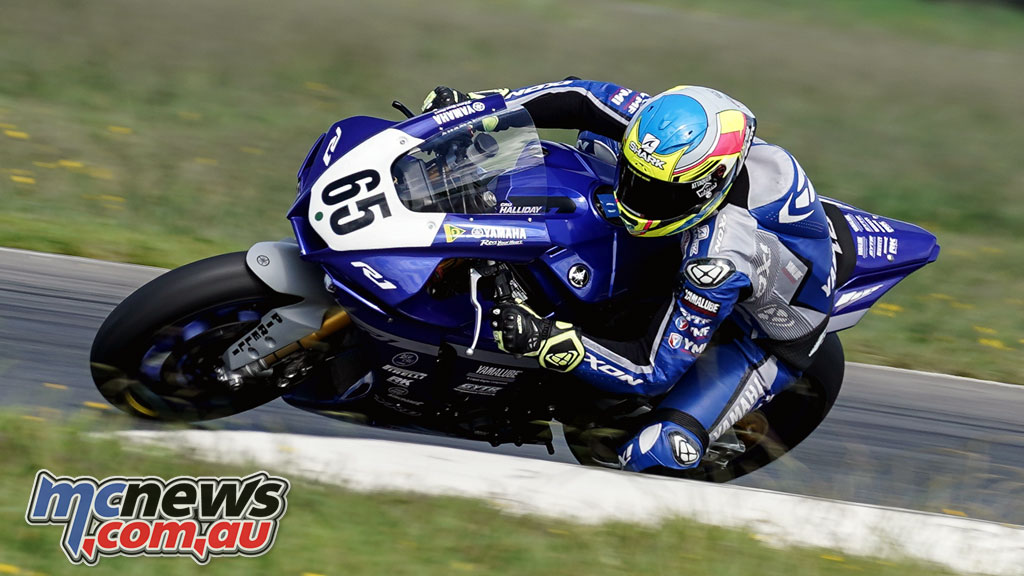
Overall, the team deliver a significant power gain in Halliday’s bike and with a focus on broad, potent mid-range. The R1M comes standard with a CCU (Communication Control Unit) and allows the team to get data from the machine after each session. This will give the team vital information and allow them to make changes from track to track and even session to session depending on the rider and track conditions.
And for a race bike that pumps out over 200 horsepower, you would think that some potent rocket fuel is required to drive it along, but as per ASBK rules, riders and teams must use readily available pump fuel, so the 98 octane bower at the servo can often have the YRT truck parked up alongside it.
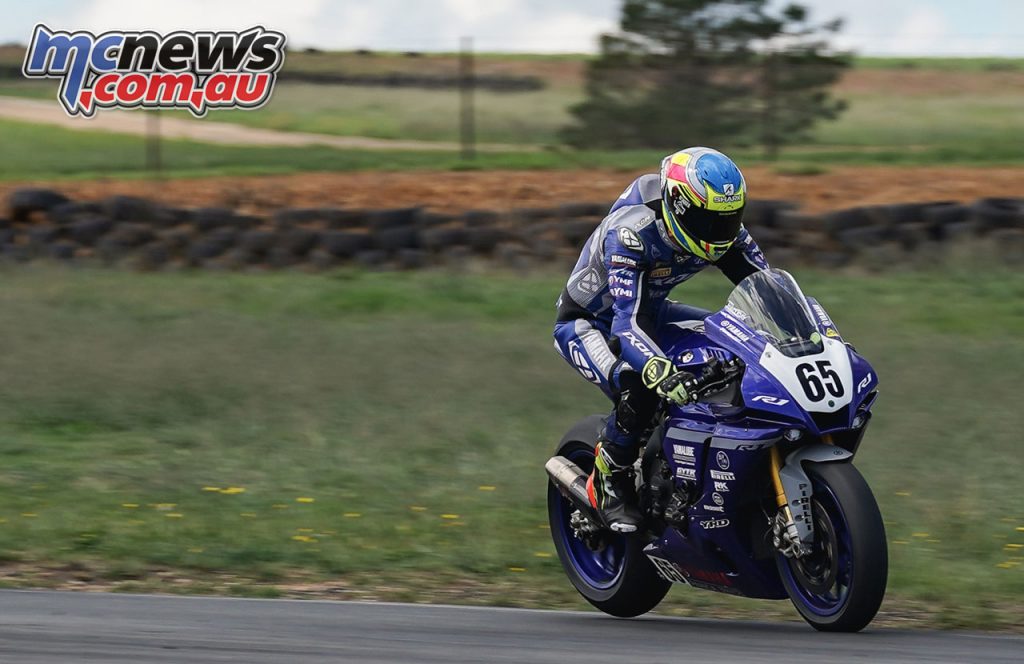
Chassis and Suspension
The standard Ohlins suspension on the R1M is high quality stuff and a great starting point for any serious racer. Like all race teams, the suspension is fine-tuned via valving and spring rates to suit the rider requirements. Even in a two rider team like YRT, riders can be different in their set ups with Halliday and Wagner running similar fork settings but they vary greatly in the shock set-up.
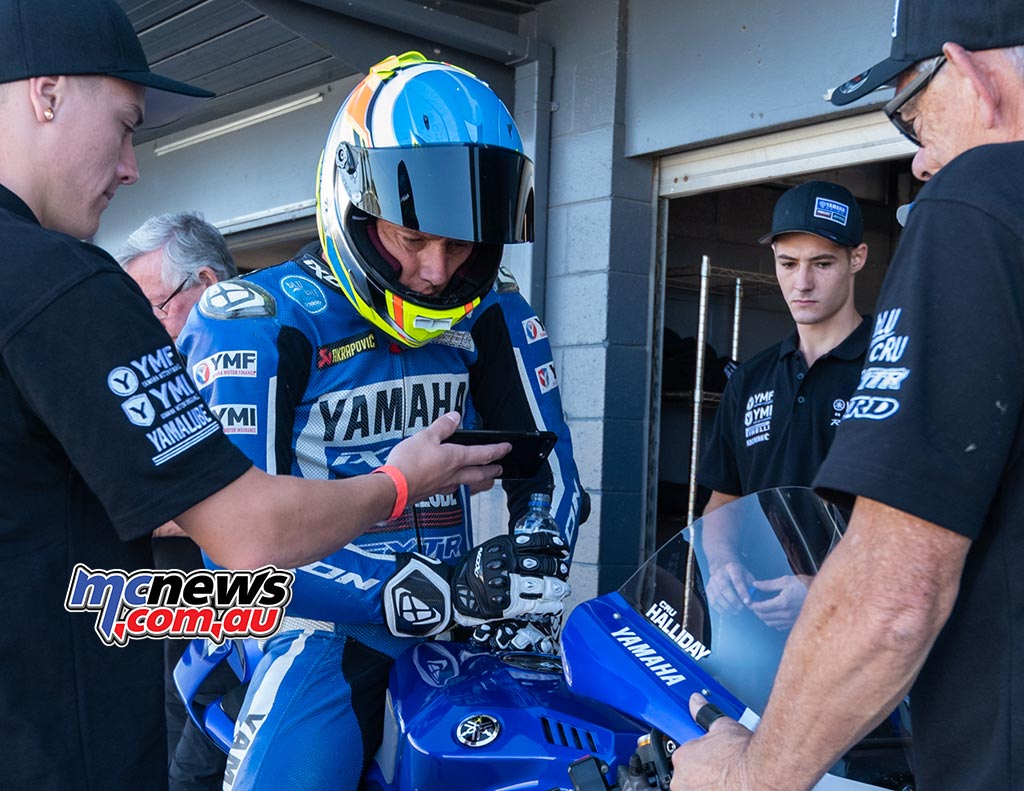
Dialling in the suspension is a never ending process and Cru works with the team throughout testing to get the feel and comfort he is after on the track. The team use the external adjusters to fine tune to conditions but its not uncommon to see Marshall revalving a shock or set of forks between sessions. Again, it is a matter of listening to the rider feedback and making the right changes.
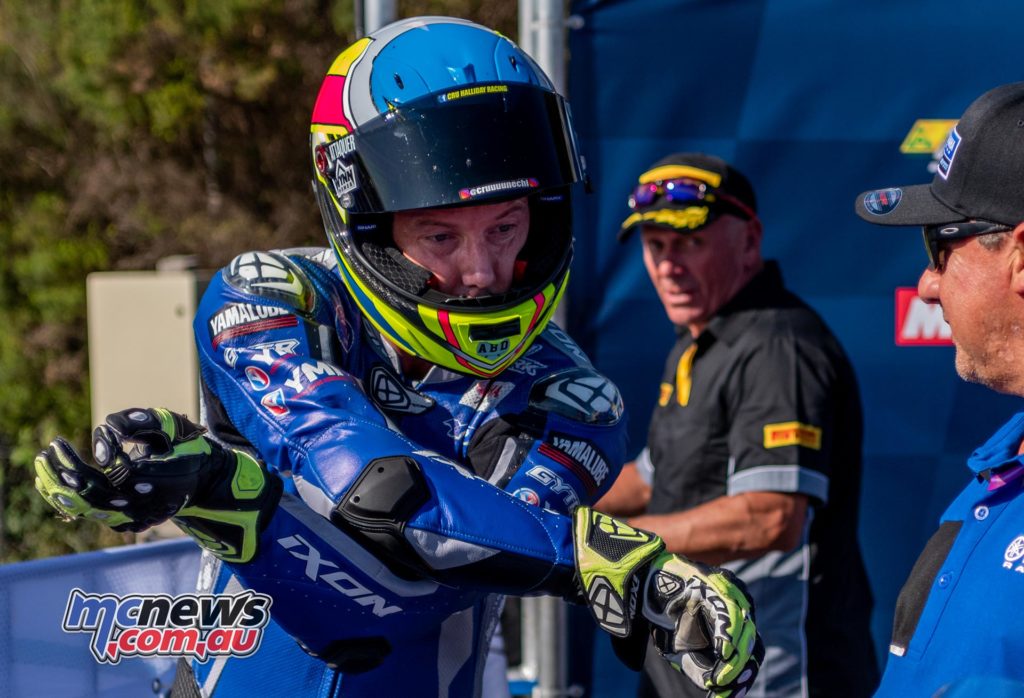
As a general guide, racers prefer a firmer set up than standard. The firmer suspension allows riders to push harder in race conditions. They don’t want the front end to collapse under heavy braking, or the rear to wallow on corner exit. It might not feel comfortable picking up the milk and bread, but you aren’t doing 260 km/h in the Coles car park either.
Speaking of brakes, Cru retains the standard rear brake but uses a Brembo front brake rotor, master cylinder kit and pads matched to a braided Goodrich brake line for extra power and better feel on the front. Racers often complain of brake fade throughout a race, but this combo has eliminated that, and the stopping power of Cru’s bike is alarming.
Pirelli tyres are fitted and there is a range of options available to Cru depending on the track. He has two options up front and three different variations on the rear and again, this can change from track to track and session to session.
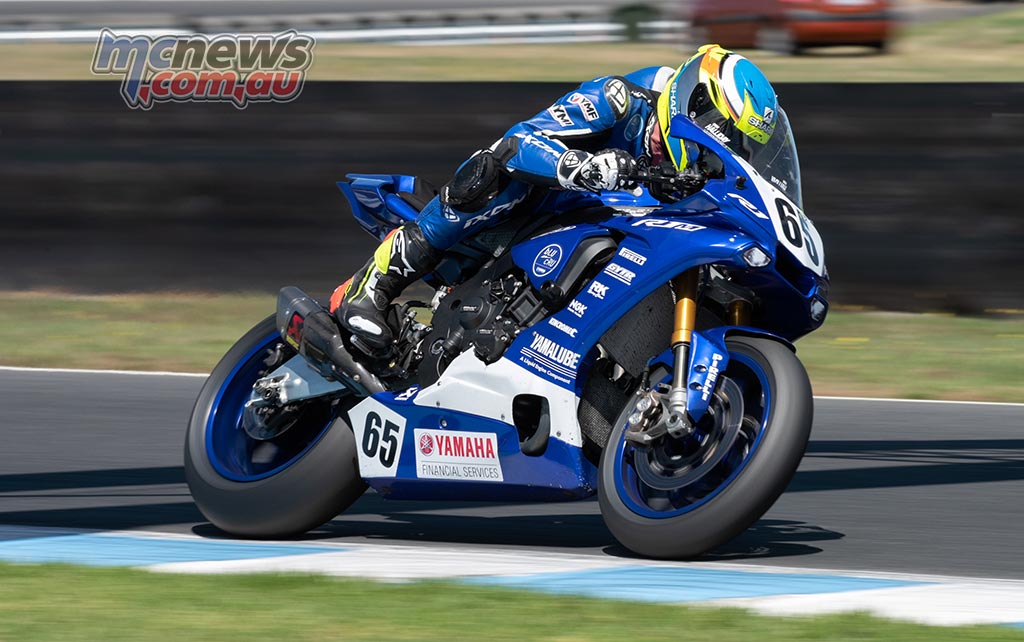
The Guru’s View
“The top four things we look at when building a race bike are the aerodynamics, rider comfort, suspension and producing a rideable power delivery,” explains Kev Marshall. “Even in road racing, outright power isn’t the biggest determining factor in a race, power delivery is more important than the amount a motor produces.
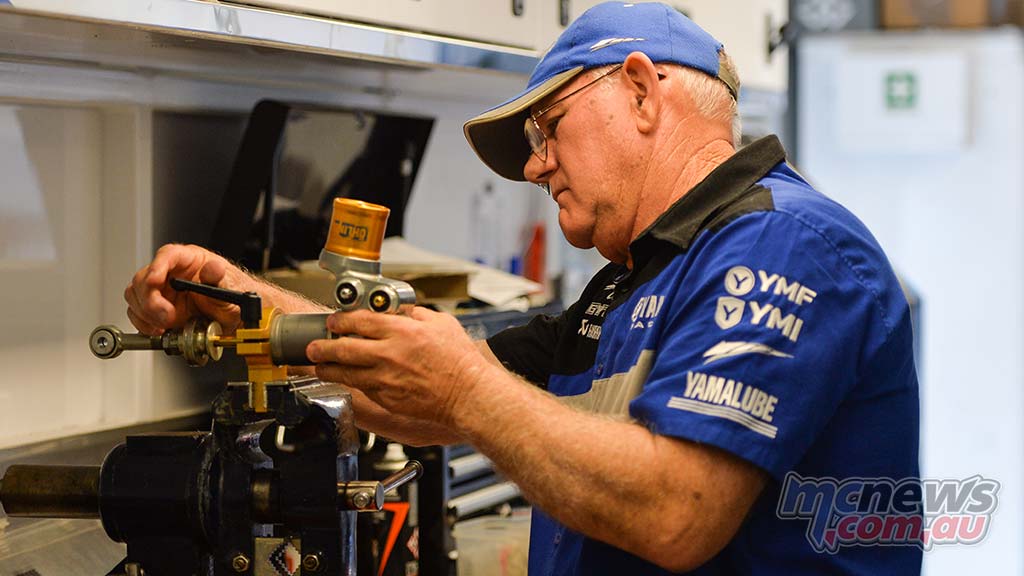
“The R1 already performs at such a high level that our job is made so much easier these days. And for someone like Cru who has been on Yamaha for so long, we know what he wants and needs from his suspension, we know where he likes his bars and seat, so for us, it’s just a matter of working with him and the data to fine tune power delivery and what compound Pirelli tyres he wants.
“That in itself is almost never ending as conditions change so much and at the speeds these bikes do, we really need to listen to the rider and study the data to ensure we might the right calls. Then Cru just has to ride the wheels off it when he hits the track. Simple, isn’t it!”
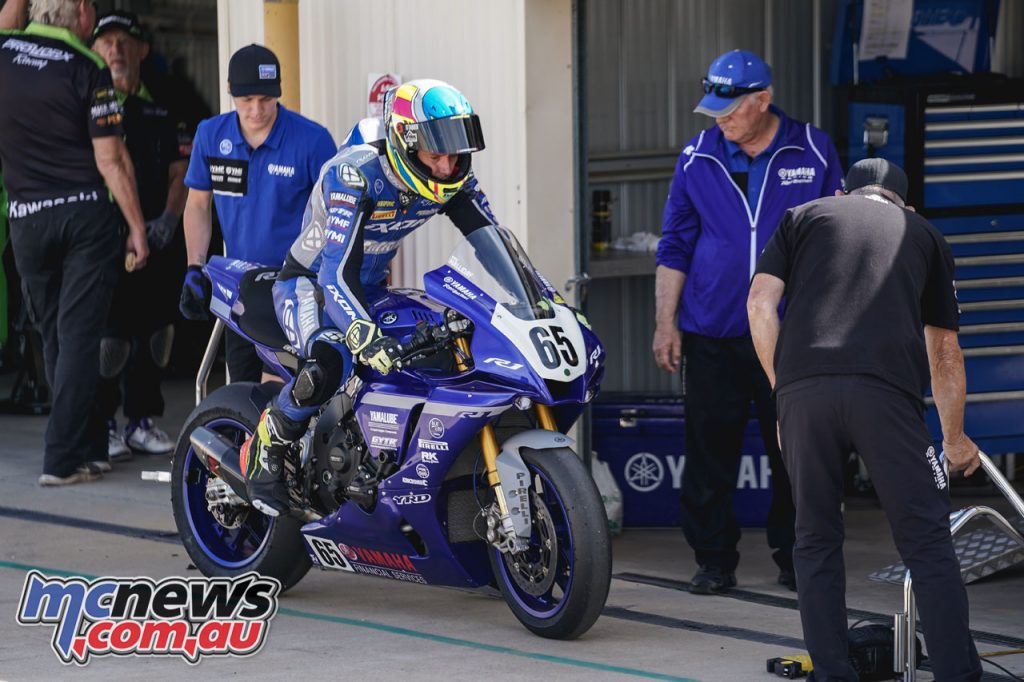
YRT Spec Check
Cru Halliday’s YZF-R1M
- Cylinder head: stock – can only recut valve seats slightly **
- Piston: stock **
- Cams: stock **
- Clutch: stock
- Throttle body: stock **
- ECU: GYTRSparkplugs: NGK racing
- Exhaust: Akrapovic
- Airfilter: DNA
- Fuel: PULP 98 **
- Gearing: varies track to track
- Engine Covers: GB
- Lubricant: Yamalube Y4-GP
- Forks: Stock but with Ohlins FKR cartridges added **
- Shock: Ohlins
- Steering Damper : Ohlins
- Handlebars: Stock
- Grips: stock
- Clamps: stock
- Chain: RK
- Brakes: Stock/Brembo/Goodridge **
- Sprockets: GYTR
- Tyres: Pirelli
- Seat: Racers Edge
- Body work: Racers Edge
- Screen: Racers Edge
- Decals: Caboolture signs
** means this is a rule requirement for ASBK
